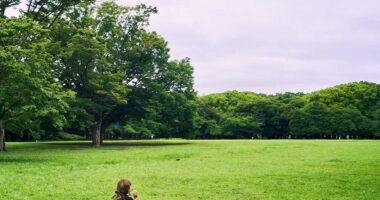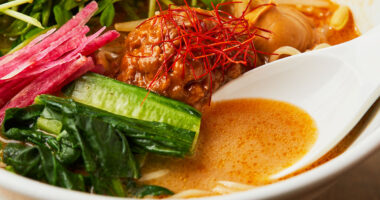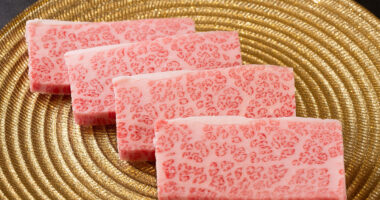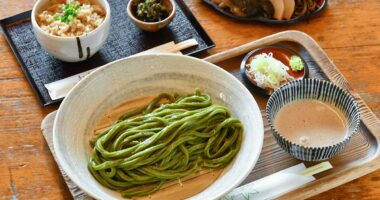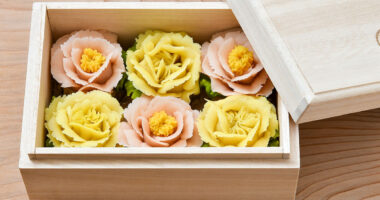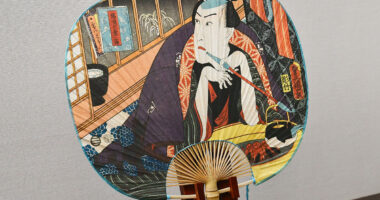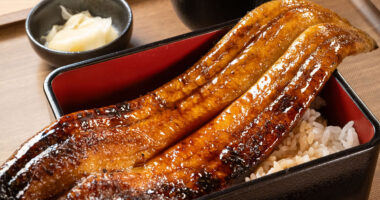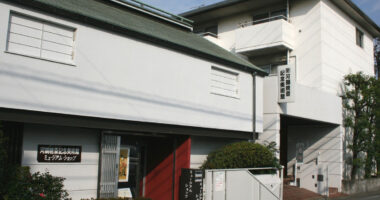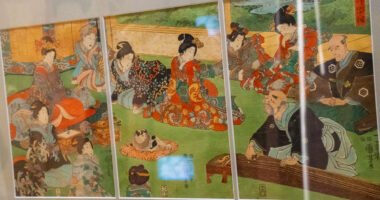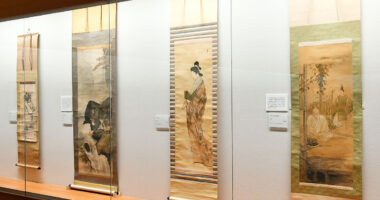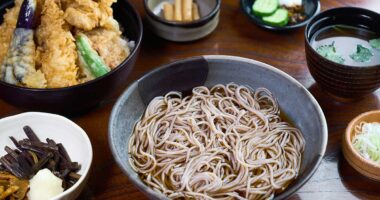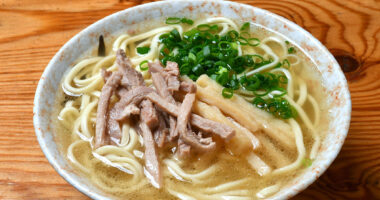
7 Best Okinawan Restaurants in Tokyo: 2025 Guide to Must-Try Authentic Cuisine Spots
When you think of Okinawa, what comes to mind? Pristine beaches, tropical breezes—and of course, deliciously unique local cuisine. Though Okinawa lies far south of Japan’s main islands, Tokyo has no shortage of places where you can experience its charm. From cozy hidden gems on quiet side streets to lively spots filled with Okinawan music, these restaurants are packed with…


